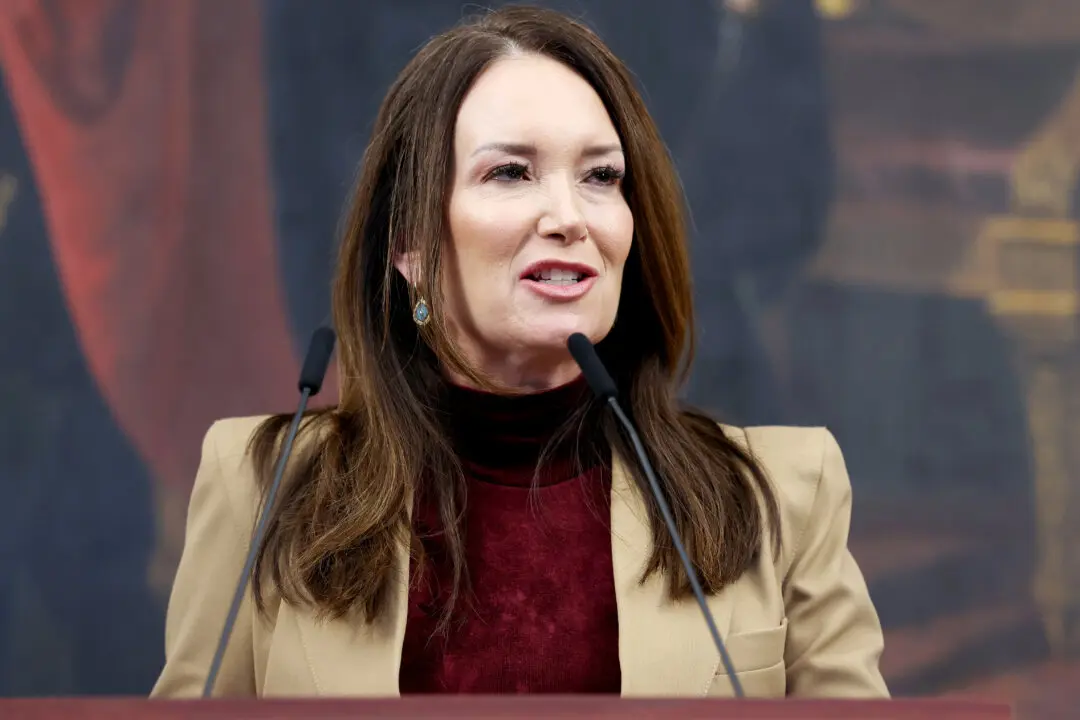J.D. Vance, the “Hillbilly Elegy” author and Donald Trump-endorsed Republican nominee in the race to replace retiring Sen. Rob Portman (R-Ohio), is getting a cash infusion from a political action committee with close ties to U.S. Senate Minority Leader Mitch McConnell (R-Ky.).
The Senate Leadership Fund (SLF) is spending $28 million on TV and radio advertisements that will air statewide, the organization said on Aug. 18.





